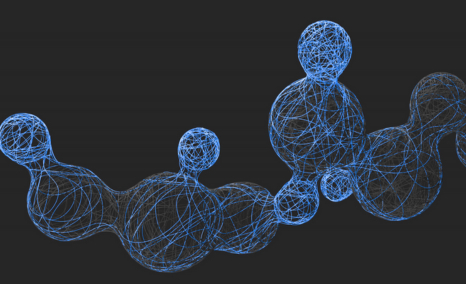Angina Pectoris is the most common and disabling cardiovascular disorder syndrome of precordial discomfort caused due to transient myocardial ischemia. A large number of people suffering from myocardial ischemia have developed Angina Pectoris. According to National Heart, Lung and Blood Institute, approximately 7 million people are affected by this disorder. Prevalence of Angina Pectoris has increased with increase in age, and approximately 60% of the patients with Angina Pectoris die before 55 years of age.
Angina Pectoris is caused coronary atherosclerosis which involves the narrowing of arteries due to the accumulation of fatty acids. It progresses slowly over time and is difficult to recognise. Medications and surgical procedures are recommended for treating Angina Pectoris by preventing myocardial infarction and death to improve survival rates of patients. Several medications such as nitrates, beta-blockers, calcium channel blockers and lipid-lowering drugs are used for relieving the symptoms. Coronary artery bypass surgery and Angioplasty are used as surgical procedures for treating Angina Pectoris.
In terms of research and development of therapeutics, GoNitro (nitroglycerin) sublingual powder had been approved in June 2016 by USFDA for prophylaxis of angina pectoris due to coronary artery disease. GoNitro is the first and only short-acting nitrate in a stabilised crystal granule. Several other drugs such as Caduet, Ranexa, Nitrostat, Tiazac and Posicor have also been approved. Increased in market size of Angina Pectoris is estimated due to increasing in a number of patients undergoing treatment for Angina Pectoris, rising demand for target specific and tailored drugs for angina pectoris treatment, geriatric population, launch of new drugs, rapidly increase in lifestyles associated changes including smoking, prolonged stress and physical inactivity.
Major players such as Ablynx, Amgen, Boehringer Ingelheim, GenVec, Otsuka Pharmaceutical, Kuhnil Pharmaceutical and Resverlogix Corp. are developing new drugs which are expected to be approved in coming years. Researchers are developing several emerging therapies such as spinal stimulation, echocardiography, cardiac magnetic resonance imaging, trans-myocardial laser revascularization for the treatment of Angina Pectoris. These therapies aim at providing greater efficacy, reduced trauma and better patient safety as compared to existing therapies. Thus, these emerging therapies would help in replacing the limitations of existing therapies.
Insight by:
Diksha Wadhwa
Associate Analyst



